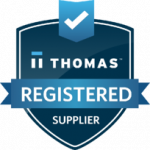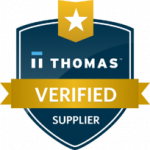Automark is the authorized North American distributor of the finest pad printing equipment, built in Europe, by Tampo Techniek Nederlands (TTN). These products are stocked in Katy, Texas for distribution throughout North America. Automark also builds laser products and has delivered these solutions into the industrial marketplace with great success. Since 2014 we have provided a full range of pad printing and laser marking solutions supporting medical, cosmetic, industrial, automotive, aerospace, and other industries.
©2024 Automark. All Rights Reserved.









